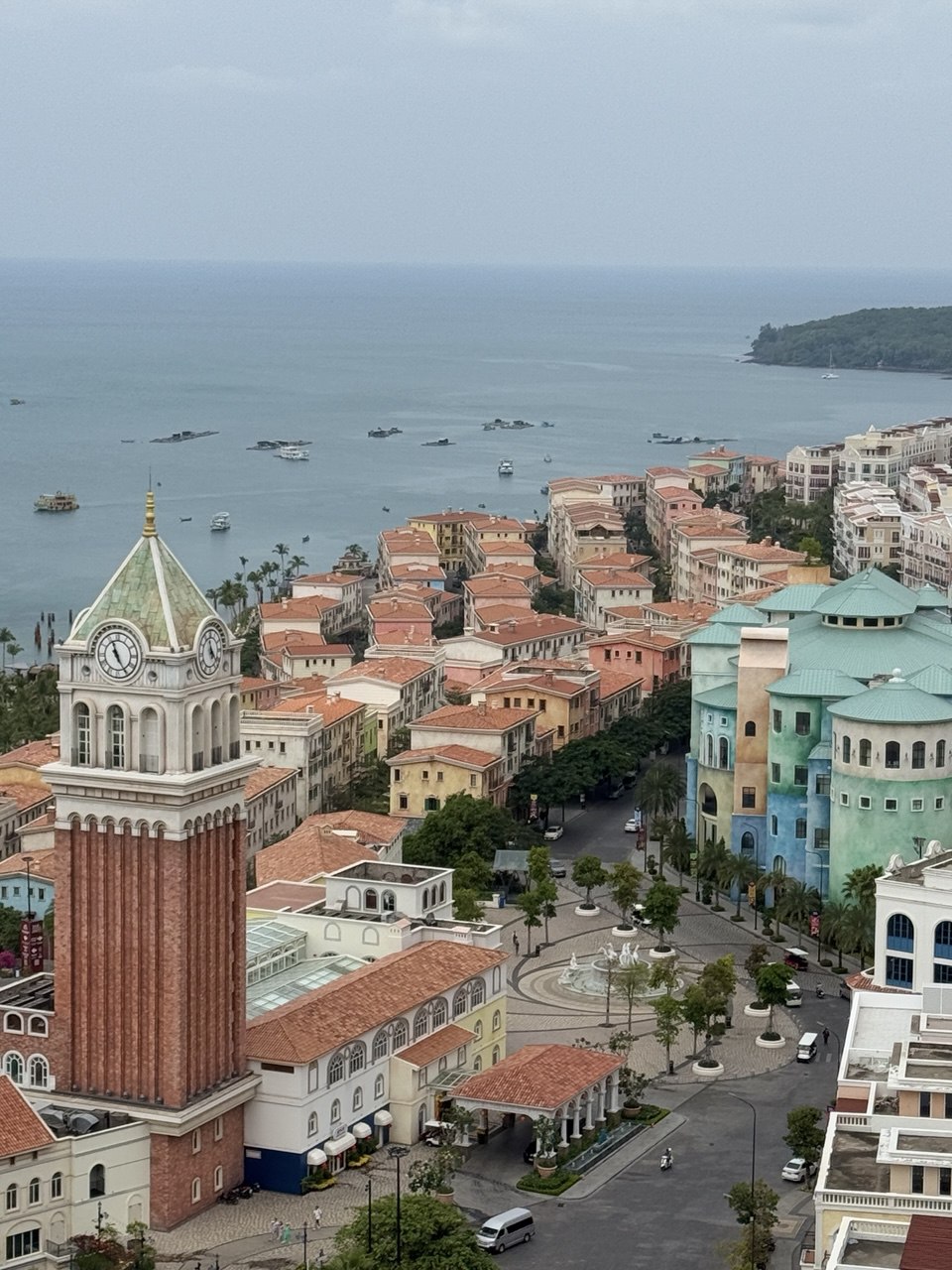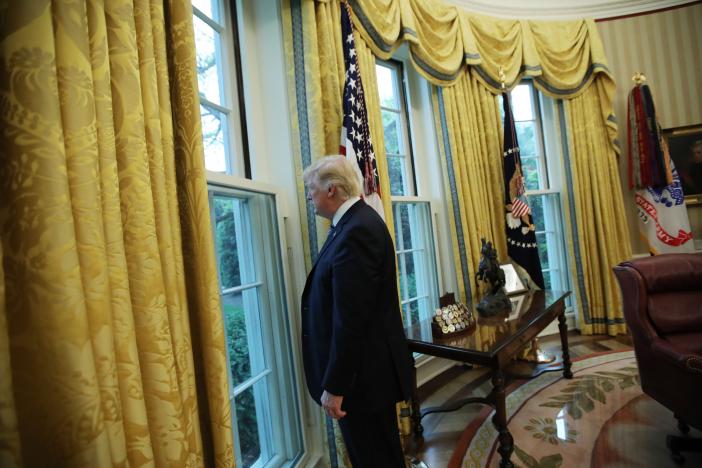


President Trump and the trade team have made specific requests of Vietnam in order to negotiate a trade agreement. Unfortunately, just like Canada, Vietnam’s problem is not an unwillingness to comply, it’s their inability.
CTH was in the manufacturing base of Vietnam in January; their factories are loaded with component parts from China used to produce finished goods sent to the USA (and globally). President Trump is telling Vietnam they need to reduce their reliance on Chinese imported component goods, but China has spent billions in advanced positioning and contracts, influencing Vietnam.
Vietnam is a very poor country, and their population cannot afford to purchase the products they manufacture. They do not have a domestic consumption base. They are reliant on exports to more wealthy nations to keep their manufacturing base afloat. Practically, it is easy to have sympathy for Vietnam due to their economic dependence on both China (for imported raw materials) and the USA (for exported finished goods).
VIETNAM – The US has sent a “long” list of “tough” requests to Vietnam in its tariff negotiations, including demands that could force the country to cut its reliance on Chinese industrial goods imports, two people briefed about the matter told Reuters.
Washington wants Vietnam-based factories to reduce their use of materials and components from China and is asking the country to control more carefully its production and supply chains, one of the people briefed on the talks said, without elaborating on whether quantitative targets were included.
The list is part of an “annex” to a framework text prepared by US negotiators, according to four people familiar with the matter.
One of them, who had direct access to the document, said the list was sent to Hanoi at the end of May after the conclusion of a second round of talks with Washington aimed at avoiding 46% “reciprocal” tariffs on imports from Vietnam.
The sources declined to be named because those discussions were not public.
Reuters reported on Monday that the Trump administration wants countries to provide their best offers on trade negotiations by Wednesday, citing a draft letter to negotiating partners.
It was unclear which countries would receive the letter, but it was directed at those with active negotiations that included meetings and exchanges of documents. Washington has been engaged in such talks with countries including Vietnam, the European Union, Japan and India.
The sources described the US requests to Vietnam as “tough” and “difficult”. It is unclear how Hanoi will respond to Washington’s requests and whether it will send its own proposal by Wednesday.
The US Trade Representative did not respond to a request for comment outside US business hours.
Vietnam’s trade ministry did not reply to a request for comment.
A source briefed on the matter said if US requests to effectively cut Vietnam’s reliance on China were met, they could pose a serious challenge to the Southeast Asian country’s economy. Its sprawling manufacturing industry, which produces consumer goods including Apple devices and Nike shoes, is closely integrated into its much bigger neighbor’s supply chains.
It might also complicate Vietnam’s long-standing policy of maintaining good relations with China, a major foreign investor but also a source of security concerns due to conflicting claims in the South China Sea.
Vietnam has nearly tripled its exports to the United States since the start of the US-China trade war in 2018, when the first Trump administration imposed wide-ranging tariffs on Beijing, pushing some manufacturers to move production south.
But as exports to the US boomed, Vietnam also vastly expanded imports from China, with their inflow almost exactly matching the value and swings of exports to the United States over the years, each totaling around $140 billion in 2024, data from the US and Vietnam show. (read more)
 As an outcome of the 2018 tariffs against China, which coincided with a President Trump visit to southeast Asia, multiple companies shifted manufacturing operations from China to Vietnam.
As an outcome of the 2018 tariffs against China, which coincided with a President Trump visit to southeast Asia, multiple companies shifted manufacturing operations from China to Vietnam.
Beijing saw the move and slowly increased their own strategic footprint.
In the subsequent years as COVID-19 took attention from all other matters, and with Trump removed from the equation in 2020, China increased the scale of their investment and the outcomes in 2025 are very visible.
China even built this massive Disney type village in Phu Quõc (it’s nearly empty).
The people who live in Vietnam do not have money; they are a very poor nation. The baseline poverty level in combination with their communist regime politics essentially eliminates their consumer power to purchase western goods and makes trade agreements between the U.S and Vietnam somewhat moot.
However, as a proxy manufacturing nation Vietnam is a valuable resource for China.
Essentially what can be seen in Vietnam is how Beijing spends money there for influence. The U.S footprint is negligible in comparison to the visible influence of China.
Following the 2024 presidential election, Prime Minister Justin Trudeau traveled to Mar-a-Lago and said if President Trump was to make the Canadian government face reciprocal tariffs, open the USMCA trade agreements to force reciprocity, and/or balance economic relations on non-tariff issues, then Canada would collapse upon itself economically and cease to exist. In essence, in addition to the NATO defense shortfall, Canada cannot survive as a free and independent north American nation, without receiving all the one-way benefits from the U.S. economy.
Representing Canada, Justin Trudeau was not expressing an unwillingness to comply with fairness and reciprocity in trade with the USA, what Trudeau was expressing was an inability to comply. Quite simply, after decades of shifting priorities, Canada no longer has the internal economic capability to comply with a fair-trade agreement (FTA). Trudeau was not lying, and President Trump understood the argument; hence his 51st state remarks. {Go Deep}
Like Canada, Vietnam has the problem of ability to comply with President Trump demands. However, unlike Canada, a wealthy nation who did this entirely to themselves as they chased leftist “green” dreams, Vietnam’s inability is an outcome of the financial windfall that came from President Trump’s first term targeting of China.
A free trade agreement with Vietnam is going to be tricky because Vietnam will need to find an alternate source of component material.


